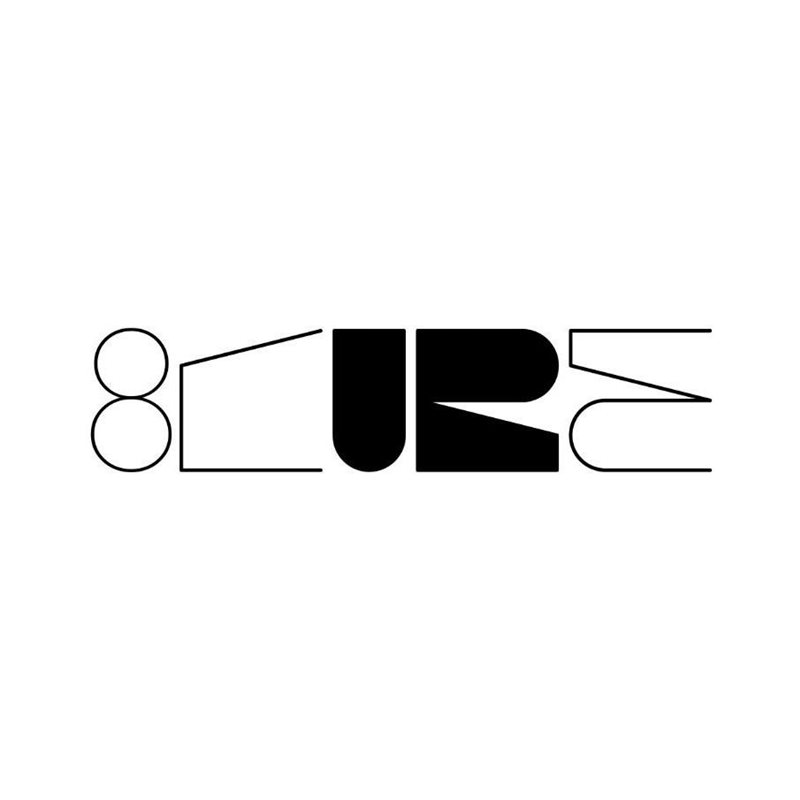 8cube Gallery
8cube Gallery
"The first difficulty in looking at still life arises, right from the start, from the assumption that something called 'still life' exists at all. We all know what still lifes look like—there is no doubt about that—and yet that is not our issue." — Norman Bryson Which corpse? Which life? Should we, like Chardin, freeze time to prevent the decay of all that exists and reflect the poetry of still life? Or should we, like Letinsky, involve time and show that fruits and plants, in their lifelessness, are no longer poetic, carcasses rot, and bodies decay? A corpse has time, but not for vitality—rather for further destruction, more decay, and complete annihilation. A dead body exists in the moment between the end of vital signs and the beginning of death. Death begins in an instant but does not end in one. Death is temporal and persists until complete obliteration. It seems that everything is still—except for the goal. The goal of death is something else entirely. Time is a witness to the dead body, and the dead body is evidence of history. Where does death begin? From which moment can one declare an entity lifeless? Perhaps it is a state like the one Khaghani describes: "Like a carcass, choked by the rope of fate." This collection is an interpretation of humanity's struggle to respond to death—a response that seeks both to define it and to endure and depict the emotions it evokes. The artists' inclusion in this project is not based on experience or knowledge, nor even on the ability to articulate or comprehend imagery—though each artist has been serious in their artistic journey. What has brought these artists together in this exhibition is their hidden, and at times overt, contemplation of death. The content of the participating artists' works—from Bahman Mohasses, who has now himself become a subject of death, to the youngest artist in this project—represents a struggle to defeat death, to tame it, or perhaps to render it beautiful. The carcasses and bodies, in the mental frames of these artists, are temporal and serve as witnesses. This perspective traverses the realm between figure and still life. The meaning and form of figures and objects constantly shift between life and death—a flow that at any moment can offer nothingness to the living body or extract being from an object. This project is a small and selected segment of the trajectory of contemporary Iranian art history, with death and its witnesses at its forefront. Emad Khankeshipour Winter 2025 | Tehran
